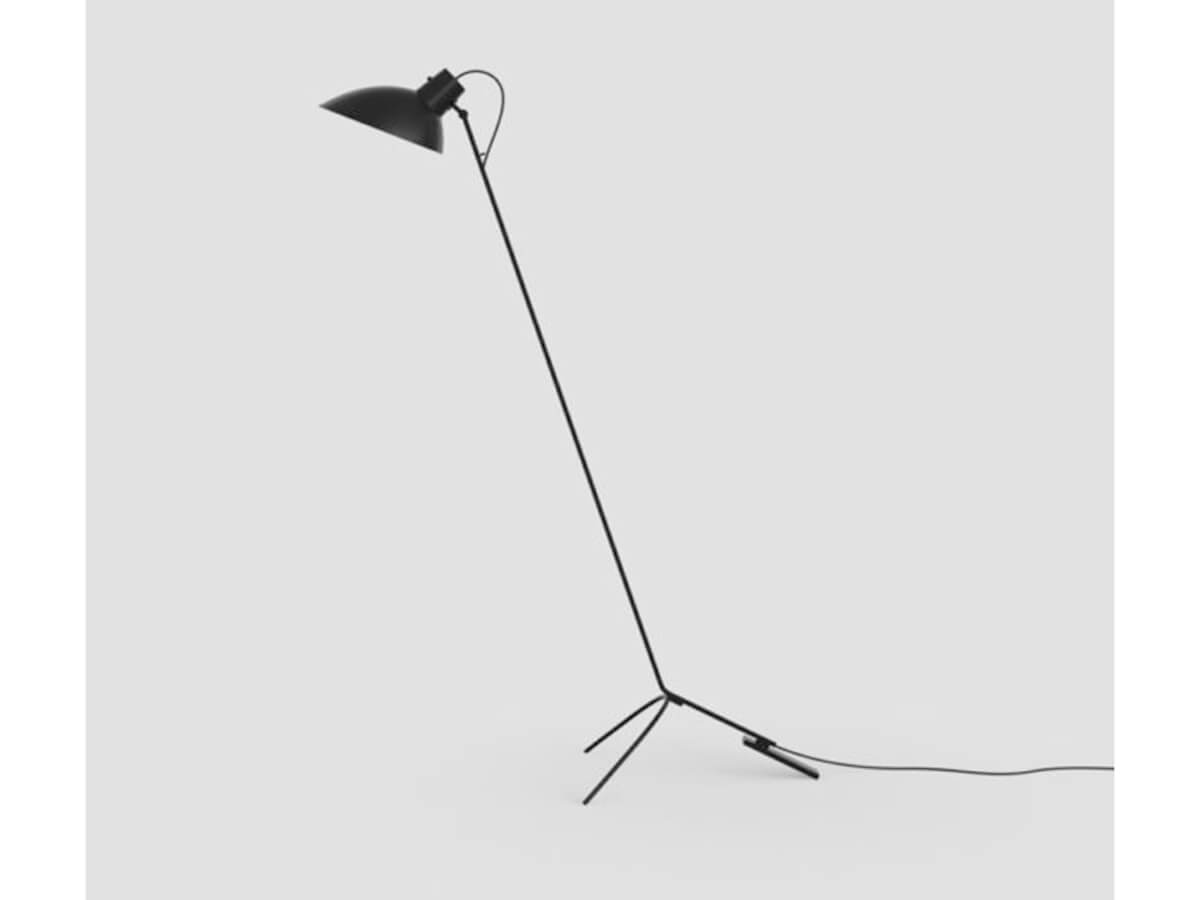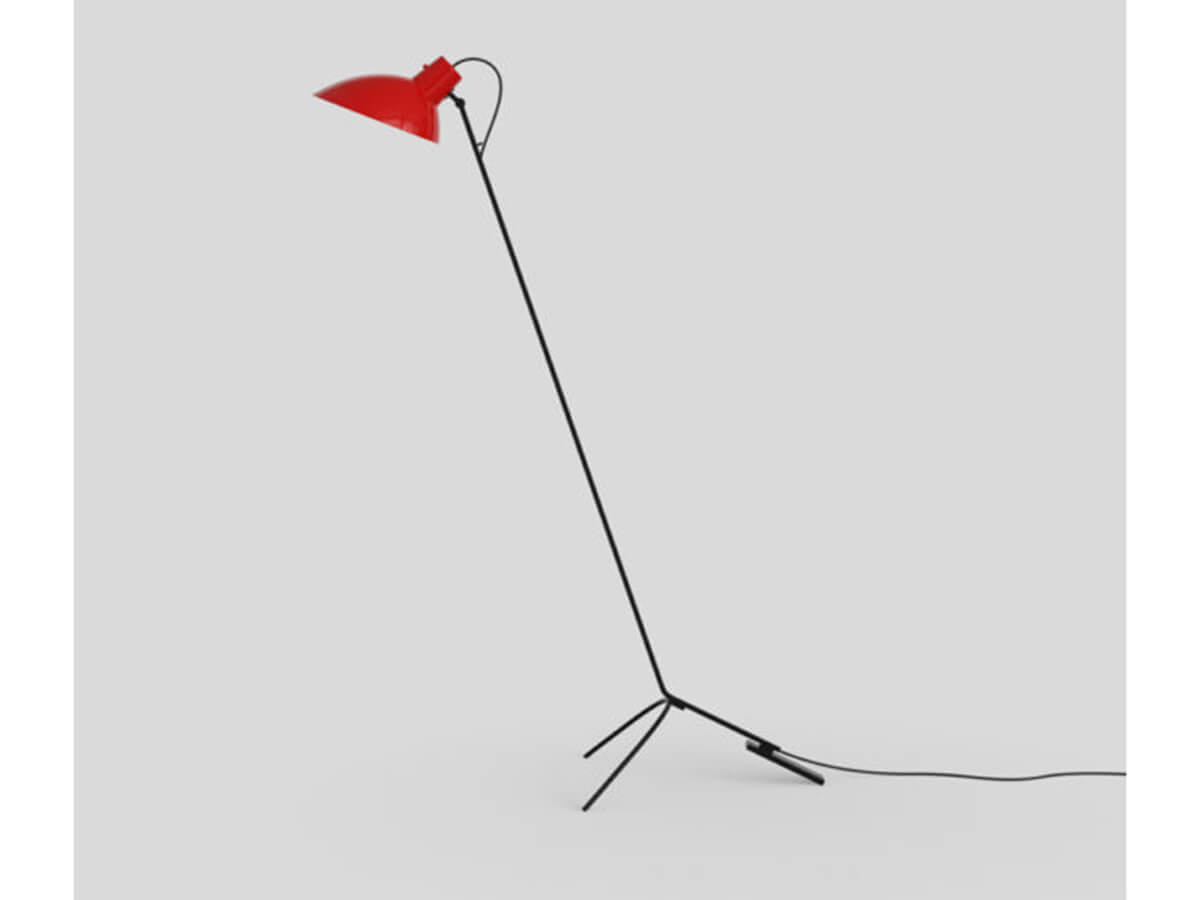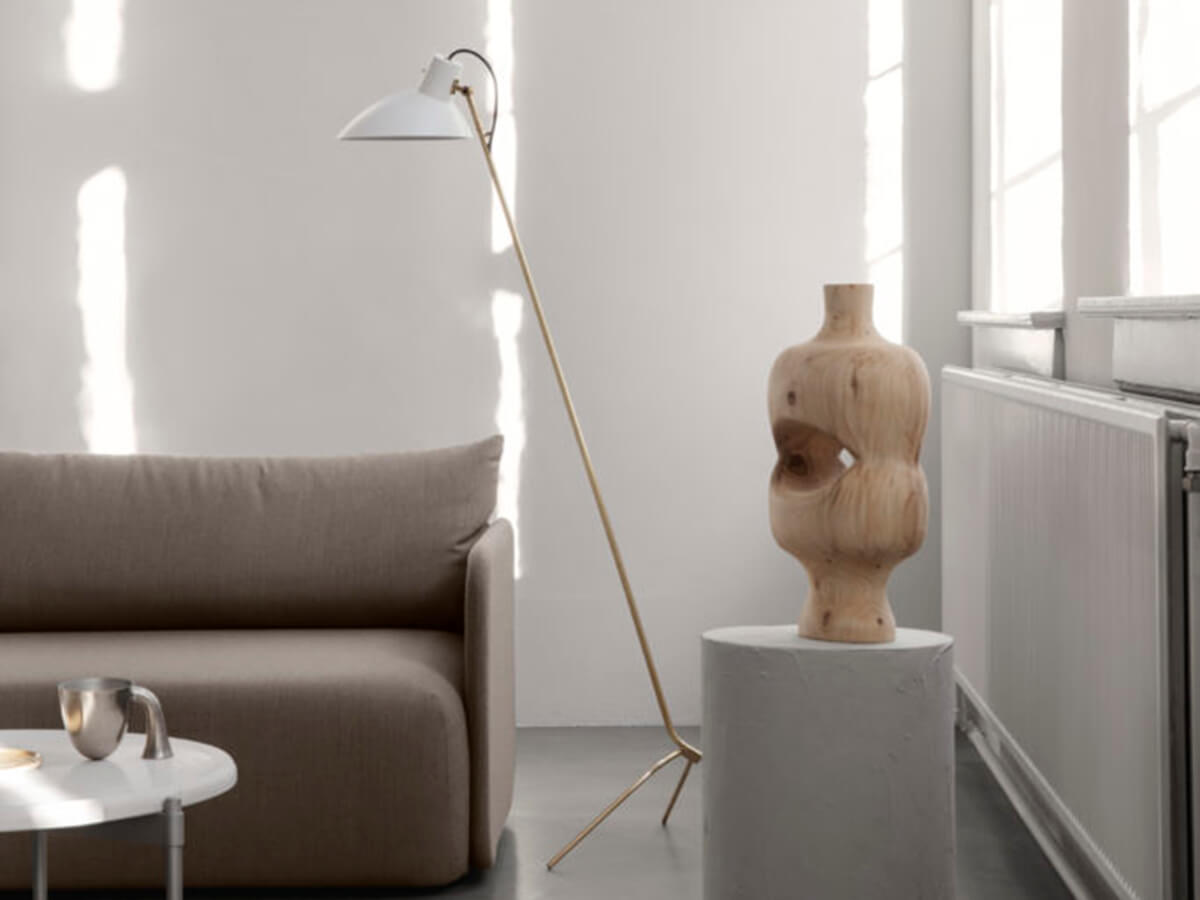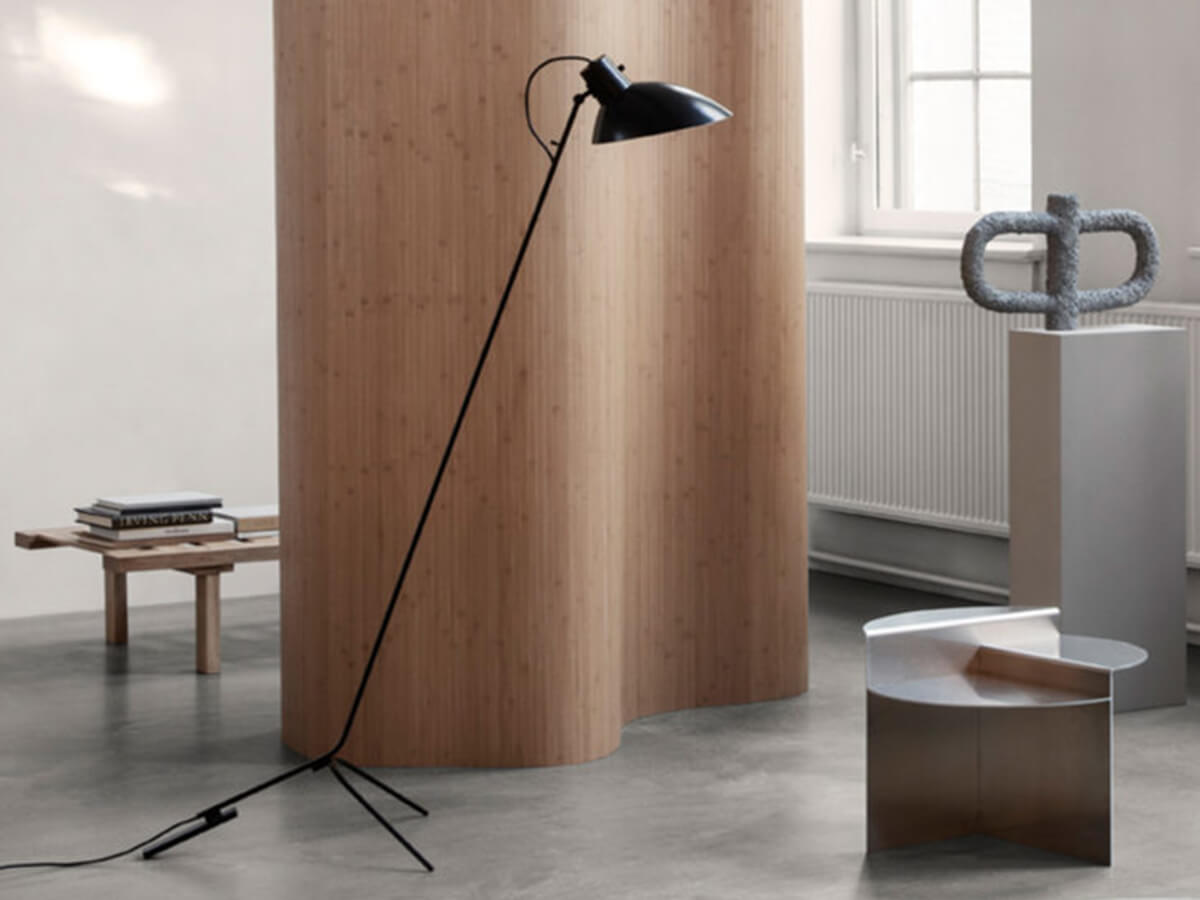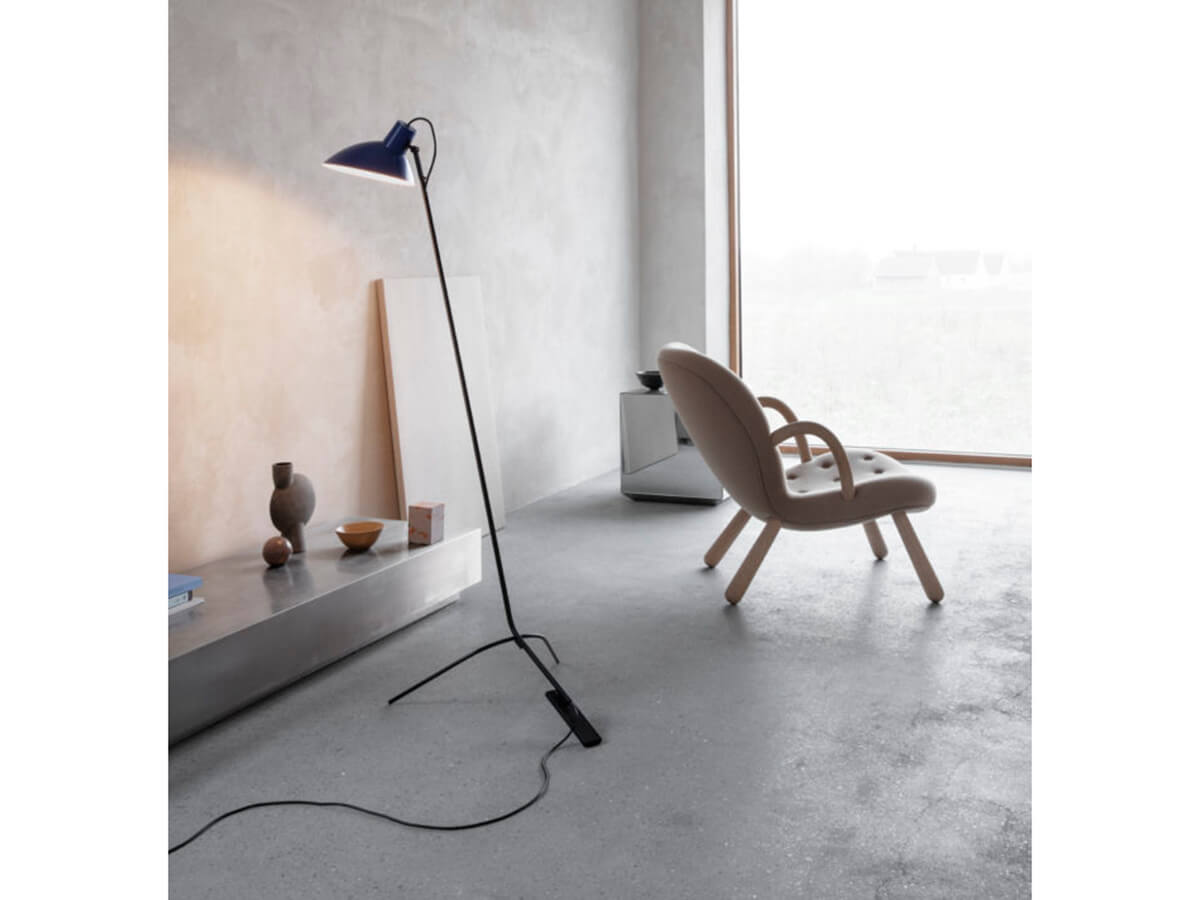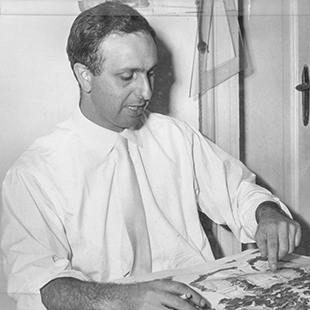Astep
VV Cinquanta Floor Lamp
Price starting from € 1.147,00*
*Price valid for the version with frame in black steel and shade in black aluminium - bulb excluded (cod. T02 - F21 - 00BB).
Personalize your request
Finishing
Select
Black Frame and Black Shade
Black Frame and Red Shade
Black Frame and Yellow Shade
Mondrian Frame and Yellow Shade
Brass Frame and Black Shade
Brass Frame and White Shade
Black Frame and Red Shade
Black Frame and Yellow Shade
Mondrian Frame and Yellow Shade
Brass Frame and Black Shade
Brass Frame and White Shade
Select
Select
Astep was born from the idea and entrepreneurial talent of Riccardo Sarfatti, son of the famous designer Gino Sarfatti, to take up some of the most famous furniture icons of his father and Vittoriano Viganò to give them new luster and expressive possibilities. Astep has its roots in the incredible works created by Luceplan and Arteluce, historic companies specialized in the creation of light fixtures and furniture from which it collects the most noble vestiges renewed in the light of the technological improvements made in the last fifty years. Thanks to this ambitious plan, Astep hopes to bring to light the experience and creativity of the Sarfatti family but not only, to continue the path undertaken by giving life to new icons of contemporary design.Read more
Designed by
Vittoriano Viganò
Vittoriano Viganò (1919-1996) is an Italian architect famous above all as the greatest exponent of Brutalist architecture in Italy. Extensive use of exposed reinforced concrete, robust and severe volumes, rigid angular geometries: all the typical stylistic features of Brutalist architecture are perfectly synthesized in the Istituto Marchiondi in Baggio (1958), a work that allowed him to attract the attention of international critics and which is still considered one of the happiest outcomes of the Brutalist season. Having approached Brutalist architecture also for his interest in using poor materials, Viganò was not an uncritical interpreter of the trend and enriched it with many personal touches, such as a continuous (and partly paradoxical, given the materials used) search for lightness and a passion for the use of red and black tones. Many of his best-known works were created in Milan, his hometown: from the project for the development of Parco Sempione (1954-69) to the headquarters of the Faculty of Architecture at the Polytechnic (1970-85). Another of his key projects was the so-called Casa La Scala (1956-58), built in San Felice Benaco for his French friend André Bloc, director of the magazine “L'architecture d'aujourd'hui” for which Viganò was the correspondent from Italy for many years. His experience as a product designer is instead mainly concentrated in the long collaboration with the lighting brand Arteluce by Gino Sarfatti, for which he was the main technical-artistic consultant from 1947 to 1960 and for which he also designed the Milanese sales point (1962). His creations are now reissued by the Danish brand Astep, founded by Sarfatti's heirs and the ideal continuator of the Arteluce experience.Read more
